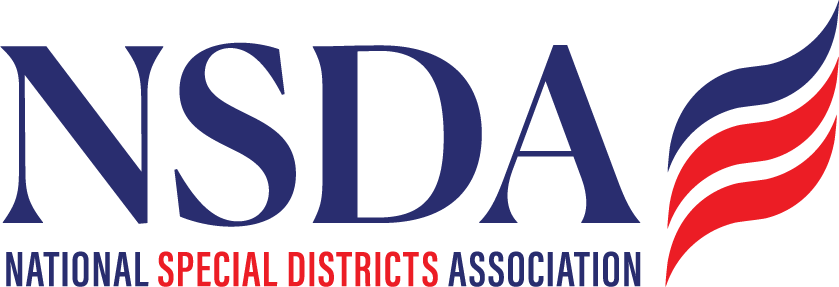EPA Proposes PFAS Drinking Water Monitoring Regulation
April 20, 2023
The Environmental Protection Agency (EPA) proposed its National Primary Drinking Water Regulation (NPDWR) for monitoring six forms of PFAS in drinking water systems.
EPA published on March 29 its proposed National Primary Drinking Water Regulation for six forms of PFAS including perfluorooctanoic acid (PFOA), perfluorooctane sulfonic acid (PFOS), perfluorononanoic acid (PFNA), hexafluoropropylene oxide dimer acid (HFPO-DA, commonly known as GenX Chemicals), perfluorohexane sulfonic acid (PFHxS), and perfluorobutane sulfonic acid (PFBS).
Public comment is currently open on the proposal with a May 30 deadline. Click here to read the proposed NPDWR.
EPA proposes to establish legally enforceable levels, known as Maximum Contaminant Levels (MCLs) for the six PFAS in drinking water. Aside from PFOA and PFOS, the other four may have particular significance as they represent chemicals that industry switched to after health concerns regarding PFOA and PFOS became clearer.
EPA’s rule proposes to regulate the six new PFAS using an approach that accounts for the fact that they are often combined as part of a mixture. The agency believes the chemicals can be more dangerous in combination than they are on their own, and so EPA is proposing a method called a “hazard index”. Under the proposal, drinking water utilities would monitor for all four PFAS and input the results into a calculation that indicates whether the specific levels and combinations of the four PFAS pose a health danger. Hazard indexes are a tool frequently used in Superfund cleanups but have never been used in a drinking water regulation before — although EPA floated the possibility to its outside scientific advisers. Details on the hazard index are provided in the factsheet links below.
EPA expects approximately 66,000 water systems to be subject to the rule, with as many as 6,000 systems expected to exceed one or more of the MCLs.
EPA estimates the cost of the proposed rule to public water systems to include capital and yearly operation and maintenance costs. EPA projects baseline costs—between $772 million and $1.2 billion annually for water system treatment costs, which could increase $30 million to 60 million per year if water systems are required to dispose of PFAS material as hazardous waste, which is likely in the case of some water systems, given the pending rulemaking classifying PFAS as a hazardous material under the Comprehensive Environmental Response, Compensation, and Liability Act (CERCLA).
The proposed rule would, once finalized and in effect, also require public water systems to:
- Monitor for these PFAS.
- Notify the public of the levels of these PFAS.
- Reduce the levels of these PFAS in drinking water if they exceed the proposed standards.
Detailed fact sheets highlighting details and background can be found here and here.
NSDC will submit formal comment to EPA ahead of the May 30 deadline. The Coalition invites its Members, affiliated special districts, and affiliated organizations to share thoughts and questions about the proposed rule to best inform its comment. Click here to share your feedback on the NPDWR.
